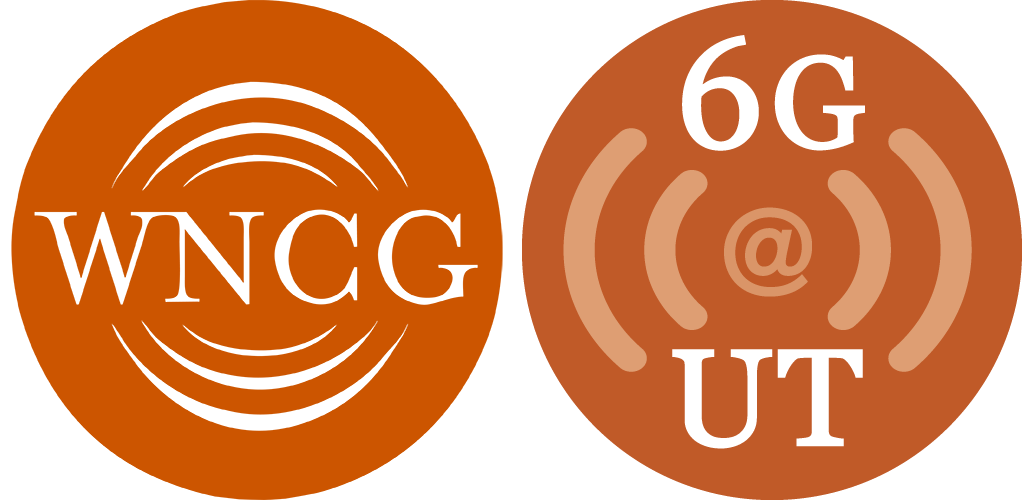Lattice coding has emerged as a fundamental theoretical tool in the Information Theory of Gaussian networks. Lattice codes under lattice decoding achieve the capacity of the Gaussian channel, achieve the diversity-multiplexing tradeoff of quasi-static MIMO point to point channels, have been used to construct ``practical'' Costa Coding and Wyner-Ziv coding schemes and, more recently, have been widely applied to relay networks (compute and forward scheme) and interference channels (signal-level interference alignment).
In this talk, we review a number of recent applications of nested lattice coding. In particular, we consider simple multi-access and broadcast relay networks modeling the uplink and the downlink of Distributed Antenna Systems (DAS) with a capacity constrained digital backhaul and centralized decoding (for the uplink) and precoding (for the downlink). We introduce ``Reverse Compute and Forward'' as a new downlink precoding scheme for DAS that explicitly takes into account the limited backhaul capacity. Then, we consider a class of network-coded two-user cognitive interference channel where one sender has the two messages and the other sender has a rank-deficient linear combination of the two messages, and show that lattice coding can achieve 2 degrees of freedom and in general a significant improvement of the generalized degrees of freedom, while it is known that the standard cognitive case does not improve the degrees of freedom. We consider also applications to a 2x2x2 MIMO network and to a diamond relay network. In the first case, lattice coding yields the best known degrees of freedom and a sizable finite SNR performance, while in the second case we show how to achieve full duplex relaying with half duplex relays.
On the Application of Nested Lattice Coding in Wireless Networks
Event Status
Scheduled
Event Details
Date and Time
March 22, 2013, All Day

